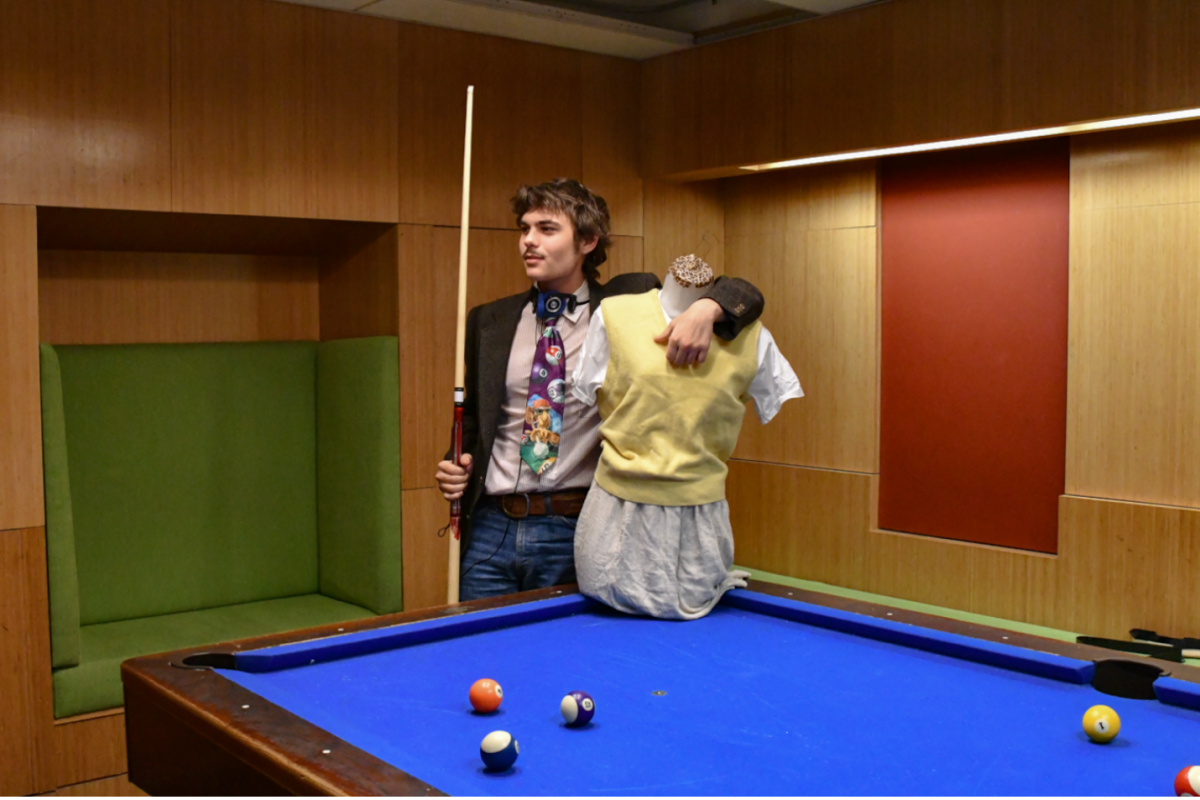One of America’s favorite holidays, Halloween, is sometimes confused with the Mexican holiday Day of the Dead, or otherwise known as Dia de los Muertos. The holidays have similar qualities and rituals, but they originate from different parts of the world and each interacts differently with the dead.

The rituals of dressing up in costumes, knocking on doors for candy, and fearing the dead originate from the ancient Celts, who came from the area that is now known as Ireland, Great Britain and Northern France.
Back then, Halloween still started on Oct. 31, but it would last until All Saint’s Day, which is on Nov. 1. They believed that, on these dates, the dead would be moving about with the living. This evoked fear because, to them, the dead were considered evil. To keep the dead away from the living, certain rituals were performed during a festival known as Samhain. They would offer up vegetables and fruits, sacrifice animals, and give gifts to the dead to keep the peace. Today, we call this trick-or-treating.
During these times, the Catholic Church opposed many of these traditions. They wanted the dead to be celebrated instead of feared, so they created “All Soul’s Day,” which is celebrated on Nov. 2. The holiday honored the dead and, over the years, the holiday remains a Catholic holiday, but it still has no ties to Halloween. Dia de los Muertos was Mexico’s take on the holidays and eventually became part of Mexican tradition.
One of the biggest differences between Dia de los Muertos and Halloween is how the dead are viewed. Mexicans welcome, honor and pray for the dead by showing their respect with a festival that lasts 48 hours. They show their respect to the deceased with altars, offerings and most importantly prayers and fixing up the graveyards of the dead family members.
Starting with the deceased children on Nov. 1 and then with the elders on Nov. 2, the altars range from simple and plain to elaborate and memorable with their essential offerings. Wash bowls, razors, soaps, pictures and personal belongings, candles to light the way, and specific dishes for nourishment are just some of the gifts offered to the dead.
Whether it is offering gifts for peace or celebrating their memories, Dia de los Muertos is a holiday that the whole community takes part in for a little fun.
Chelsea O’Hara can be reached at [email protected].


















